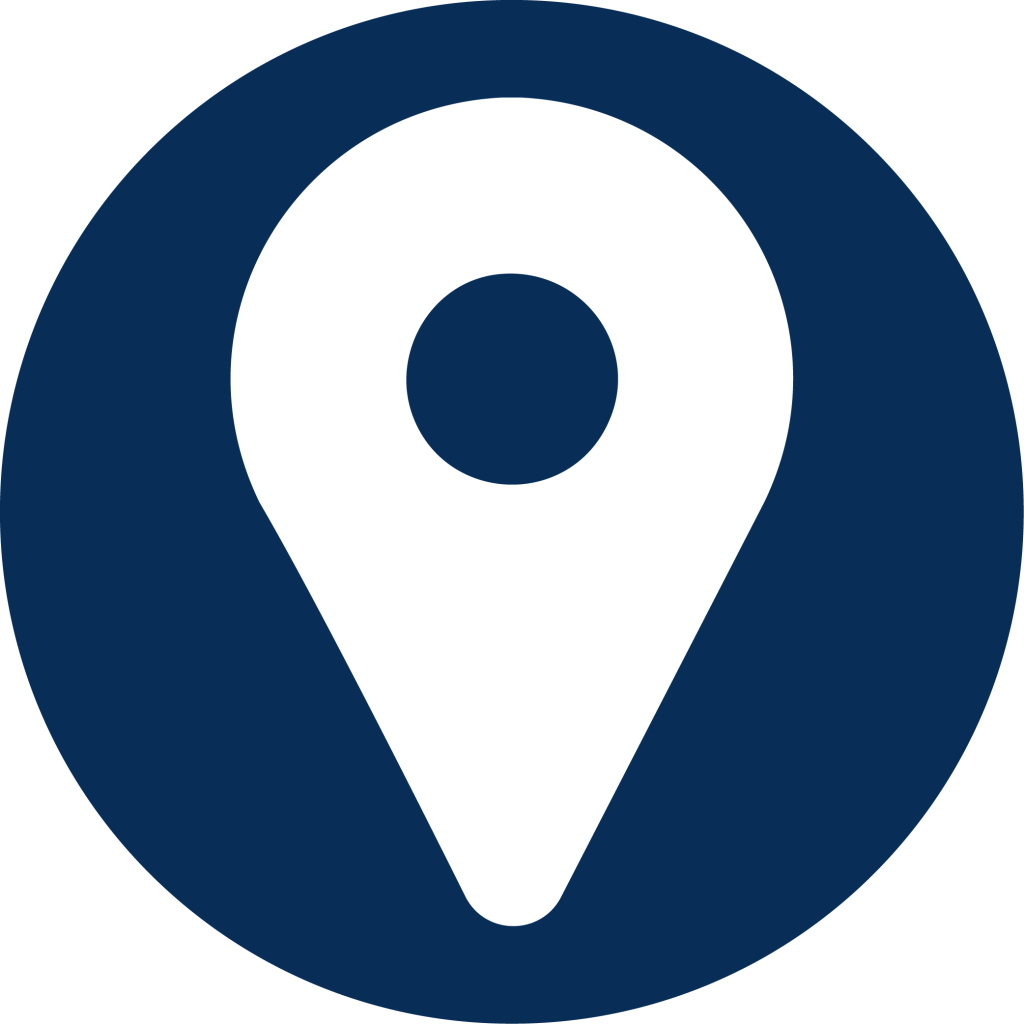
About
The Maine Agricultural and Forest Experiment Station (MAFES) provides capacity support to faculty who conduct fundamental and applied research to address issues and develop opportunities for the people of Maine.
As a part of the University of Maine’s land, sea and space grant service missions, Experiment Station faculty also must transfer research findings to Maine’s people, businesses, and communities who can benefit from this new knowledge. This integration of research with university and public education ensures that people learn the most current information, even in rapidly changing fields. These connections ensure faculty hear from the people they serve, shaping the focus of future research.
Experiment stations, which were created by the Hatch Act of 1887, are a key component of the land-grant university system. Through this act federal grant funds are paid to each state to support faculty at land grant universities. A major portion of the federal funds must be matched by the state.
Research in 16 counties
MAFES faculty conduct research across the state of Maine from Aroostook to York and Washington to Somerset counties. Their work focuses on supporting and addressing contemporary issues in Maine’s agricultural and natural resource industries. Research projects include areas related to forestry, seafood, potatoes, wild blueberries, dairy, orchard fruit, small fruits and vegetables, and supporting rural economies and health throughout Maine.
Experiment station history
In 1883, the Maine Board of Agriculture called for the establishment of a formal experiment station in Orono. With the support of state funds, the Maine Fertilizer Control and Agricultural Experiment Station was established in 1885. Through the Hatch Act of 1887, the station grew to become a federal experiment station.
From its inception, the station has been an integral part of the college. The work in the station focused on farm and home research, including: genetics and breeding, entomology, forestry, foods, and potatoes, but as the station grew it started to expand into other areas as well like dairy and fruit. In 1888, the Station began publishing its own bulletins. A number of prominent faculty have worked at the station including pioneering entomologist Edith M. Patch.
The station maintains offices and principle research laboratories, as well as the Lyle E. Littlefield Ornamentals Trial Garden and the Roger Clapp Greenhouses, on the University of Maine campus to this day. Over time, the station grew to include off-campus research facilities including Highmoor Farm in Monmouth, Blueberry Hill Farm in Jonesboro, Aroostook Farm in Presque Isle, and the J.F. Witter Teaching and Research Center and the Dwight B. Demeritt Forest in Orono and Old Town.
Today, the station is the college’s hub for applied and basic research that strives to enhance the profitability and sustainability of Maine’s natural resource-based industries, protect Maine’s environment, and improve the health of its citizens. The station supports faculty members who use cutting-edge tools to address emerging and longstanding challenges in agriculture and food sciences, forestry and wood products, fisheries and aquaculture, wildlife, outdoor recreation, and rural economic development. Other research programs strive to protect Maine’s environment, promote public health, and assist rural communities. Discoveries are translated into new production methods, new pest management and disease treatments, new value-added products, new programs to improve the nutrition of Maine citizens and new information for community leaders. The station’s use-inspired research has a proven track record for developing new knowledge that fuels innovation in Maine’s businesses and communities.






